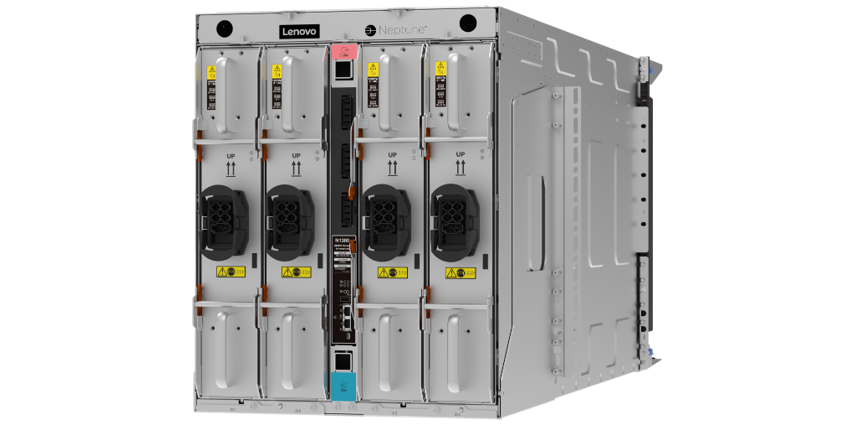Today Cray announced a new liquid cooling approach that promises more efficient cooling. The system is called ECOphlex (PHase-change Liquid EXchange), and will ship in new XT5s from the company later this year.
Here’s an interesting quote from the release
The ECOphlex technology is designed to be “room air neutral,” meaning that the temperature of the air entering the system is roughly the same as the temperature of the air exiting the system. In a recent test at a government site, ECOphlex technology removed 100% of the heat.
A few more details from an extended quote by Cray Chief Technology Officer Steve Scott
“Cray’s new high-efficiency cabinet with ECOphlex technology has the flexibility to use either the company’s high-efficiency vertical air cooling or the new liquid evaporative phase-change cooling technology that converts an inert coolant, R134a, from a liquid to a gas. Systems with the ECOphlex technology also have the flexibility to use chilled or unchilled water at various temperatures, reducing the need for many CRAC units. The technology’s phase change coil is more than 10 times as efficient at removing heat from the compute cabinets as a water coil of similar size.”
Steve also took a swipe at his competition, especially IBM with their new to-the-chip water cooling system (Hydro-Cluster)
“Other systems use chilled water coils embedded in each computer cabinet and sometimes even embedded invasively into the compute blades. With ECOphlex technology, you still use chilled water, but much less of it. And because of our unique engineering, you don’t need to worry about water condensation or leakage that could harm electronic components.”




We suck up 1.5 Megawatts of power, but we do it, and cool it, in a GREEN fashion!! Irony. It’s called irony.
Rich